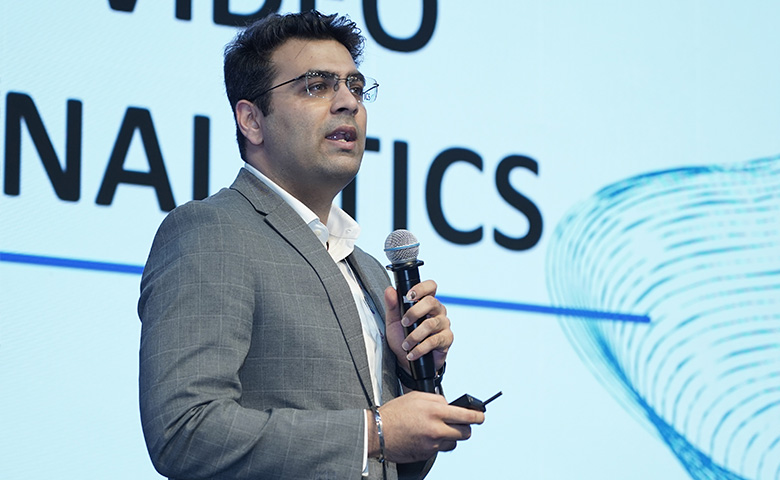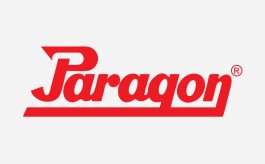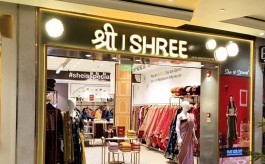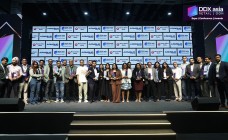‘You cannot improve what you cannot measure’
By Retail4Growth Bureau | February 24, 2025
Arush Kakkar, Founder - Agrex.ai, addressed the audience at DDX Asia Business Conference 2025 on the theme , 'AI as a tool in enhancing store efficiency ’, sharing insights on best use of AI to improve business outcomes in retail.

If there’s one thing that has emerged to be the central talking point across industries and business eco-systems, then it’s AI. At the DDX Asia Business Conference 2025, Arush Kakkar, Founder - Agrex.ai, shed light on how AI can help retailers address their immediate business and operational challenges.
Arush began by listing out the shifting dynamics in retail and consumer behaviour in the last many years, which have presented retailers with new challenges. Some of these recent, obvious trends highlighted by Arush include:
- Omnichannel Shopping: Shoppers expecting seamless transitions between online and offline experiences.
- Shift to Data-Driven Decisions: Need to bridge the gaps in in-store analytics to improve operational and customer experience
- Operational Pressure: Growing demand for stores to get more efficient due to rising costs and competition
- Personalization Demand: Customers increasingly seeking crafted store experiences, customised to their requirements.
So while on one hand there are the above aspects that retailers have to deal with, on the other are their own existing challenges arising from operational inefficiencies, pointing to the need for AI-backed tools, as Arush highlighted.
He presented some quick data to reiterate his point:
- 20-30% of operational deviations in arise from a lack of real-time monitoring and feedback mechanism
- Shrinkage due to theft, pilferage, and errors account for 1-3% of total sales revenue.
- Lack of behavior trend mapping cause 10-15% loss in potential revenue
- Lack of optimization can cause unoptimized staffing by 15-25%
Arush thus built a strong case to drive home the crux of his message: “You cannot improve what you cannot measure.”
With that he proceeded to demonstrate how AI-backed tools can help improve operational efficiency and therefore business outcomes, by spanning areas such as security, SOP compliance, automation, problem identification, business decision-making, etc. He highlighted how AI based video analytics solution transforms retail by harnessing the power of real-time video data.
In the context of AI as an efficiency tool, Arush also threw light on the difference between traditional AI and Generative AI. “Traditional AI ensures robust, accurate data
collection from in-store cameras. Generative AI transforms these raw insights into predictive and prescriptive recommendations— boosting strategic decision-making,” said Arush effectively summing up the difference between traditional AI and generative AI.
Arush also took the audience through two case studies, one of a leading global footwear brand, and the other of a luxury jewellery brand, to establish the efficacy of AI tools.
In the case of the footwear brand, Arush informed that there was a 12% improvement in
conversion rate following targeted display changes and pushing more trials, and also 10% reduction in labour costs.
The key takeaways from these case studies, Arush shared, were pretty clear: “Measuring fine-grained metrics -- like product trials and ad attention -- helped the retailer move beyond guesswork, creating an evidence-based approach to store operation.” Also, as he pointed out, “Data-driven approach balanced stringent SOPs with a high-end customer experience, showing security enhancements needn’t be intrusive.”
Arush left the audience with one final observation: Video analytics adoption is growing 24% YoY, pointing to the growing relevance of AI backed tools in elevating the retail experience.








